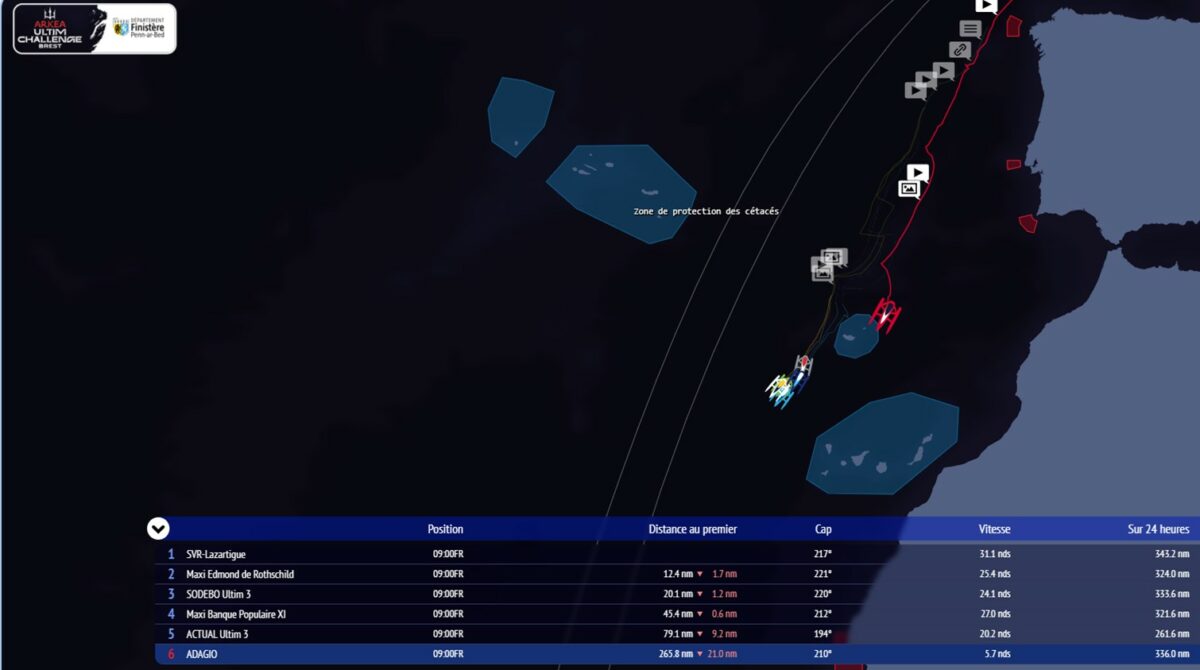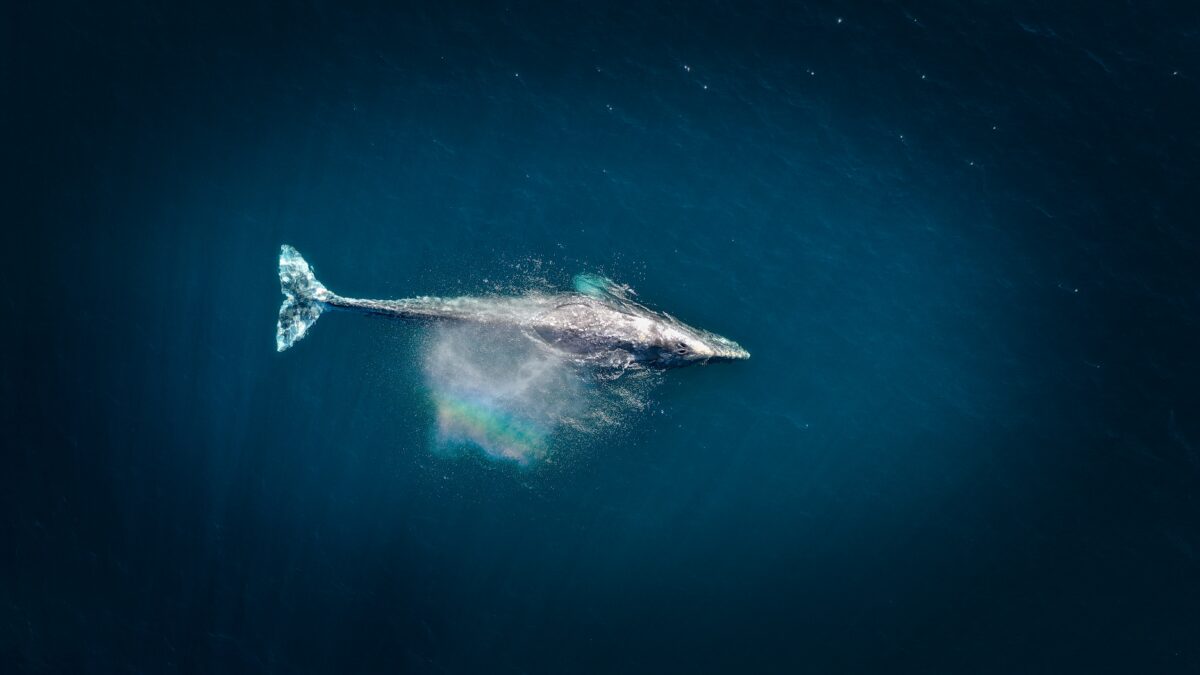Arkea Ultim Challenge : Ocean Racing and Ecology
The Arkea Ultim Challenge, which set off from Brest on the 7 January, drew crowds to the village set up for the occasion and at the start. With its clean village and a stand to raise awareness of marine pollution, the race is committed to the environment and ecology. But that's not all! The six competing skippers will have to avoid certain areas that are off-limits to sailing: cetacean protection zones. Come aboard with us to find out why this new measure is particularly important for the ecology and the world of ocean racing.
Cetacean protection zones
The keenest observers following the Arkea Ultim Challenge will have noticed on the race map that certain zones are off-limits to sailing.
These zones are designed to protect cetaceans, and the six skippers taking part in the race are forbidden to cross them - a first in the history of ocean racing!

There are 6 off-limits areas on the route of this round-the-world voyage, and they have been defined by the Share the Ocean scientific consortium. They are breeding and feeding grounds for cetaceans, as well as busy passages on the migratory routes. They are located in the Azores, the Canaries, off Cape Verde, the Cape of Good Hope, east of Kerguelen Island and Cape Horn.
The aim of the race directors is twofold:
- Protecting marine megafauna, which is essential to the proper functioning of ecosystems and the maintenance of biodiversity.
- Reduce the risk of collisions between racing boats and cetaceans. In this way, the Arkea Ultim Challenge enhances the safety of skippers at sea, and reduces the risk of injury or death to an animal.
The trimarans are equipped with devices that emit noises at frequencies that keep animals away, but they are not 100% effective and the risk of collision remains high. Defining zones that skippers will not be able to cross is therefore a very good thing.

Depending on the region and the season, cetacean protection zones are home to blue whales, killer whales, dolphins, sperm whales, pilot whales and southern right whales, which can be up to 18 metres long.
Ocean racing and ecology: tomorrow's challenge?
Sailing is a sport with a very clean, green image. There's nothing sweeter than moving with the wind.
But the reality is quite different. The carbon impact of boat building and the logistics of ocean racing events is significant.
But awareness is growing in front of the collapse of biodiversity and climate change. As a result, Stanislas Thuret has decided to retire from ocean racing in 2023: "The climate emergency and the collapse of biodiversity are incompatible with the way we live ocean racing and competition." He adds that he no longer wants "unlimited competition in terms of performance".
This sailor is also one of the people behind the La Vague collective, whose mission is to change sailing practices to limit their ecological impact.
The cetacean protection zones in the Arkea Ultim Challenge illustrate a growing desire to do the right thing and a desire to move the boundaries in the world of ocean racing. What's even more interesting is that this desire comes from within, and from people who know this field very well, like the La Vague collective.
In a world that is always looking to break speed records and outdo itself from a technological point of view, the challenges of tomorrow will certainly be just as ecological, with perhaps a winner whose carbon footprint from the construction of the boat to the race would be taken into account.
 Warning, you are using an insecure browser!
Warning, you are using an insecure browser!